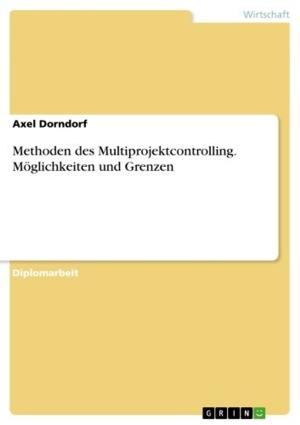Language and Age: Changes in linguistic behavior - the transition from childhood to adolescence
the transition from childhood to adolescence
Nonfiction, Entertainment, Drama, Anthologies| Author: | Eva Daub | ISBN: | 9783638134545 |
| Publisher: | GRIN Publishing | Publication: | July 23, 2002 |
| Imprint: | GRIN Publishing | Language: | English |
| Author: | Eva Daub |
| ISBN: | 9783638134545 |
| Publisher: | GRIN Publishing |
| Publication: | July 23, 2002 |
| Imprint: | GRIN Publishing |
| Language: | English |
Seminar paper from the year 2001 in the subject American Studies - Linguistics, grade: 2 (B), University of Bonn (Rhein. Friedrich-Wilhelms-University, Bonn), course: Proseminar, 11 entries in the bibliography, language: English, abstract: Language is one of the most powerful emblems of social behavior. In the normal transfer of information through language, we use language to send vital social messages about who we are, where we come from, and who we associate with. Since the 1960s, a number of sociolinguistic studies have been carried out to reveal the significance of the interplay between language variation and language change and the effects of social factors on the language of different speaker groups within a speech community. Regional variation and variation due to social class and gender differences have been much discussed in those studies. To a lesser extent sociolinguists have focused on age, ethnicity and networks as social factors. In the following, I will try to describe such differences and the effects of age on the language of speaker groups, namely children and adolescents. I will deal with the linguistic characteristics of both age groups as a steady and continuous development rather than comparing both stages of life with each other. [...]
Seminar paper from the year 2001 in the subject American Studies - Linguistics, grade: 2 (B), University of Bonn (Rhein. Friedrich-Wilhelms-University, Bonn), course: Proseminar, 11 entries in the bibliography, language: English, abstract: Language is one of the most powerful emblems of social behavior. In the normal transfer of information through language, we use language to send vital social messages about who we are, where we come from, and who we associate with. Since the 1960s, a number of sociolinguistic studies have been carried out to reveal the significance of the interplay between language variation and language change and the effects of social factors on the language of different speaker groups within a speech community. Regional variation and variation due to social class and gender differences have been much discussed in those studies. To a lesser extent sociolinguists have focused on age, ethnicity and networks as social factors. In the following, I will try to describe such differences and the effects of age on the language of speaker groups, namely children and adolescents. I will deal with the linguistic characteristics of both age groups as a steady and continuous development rather than comparing both stages of life with each other. [...]















